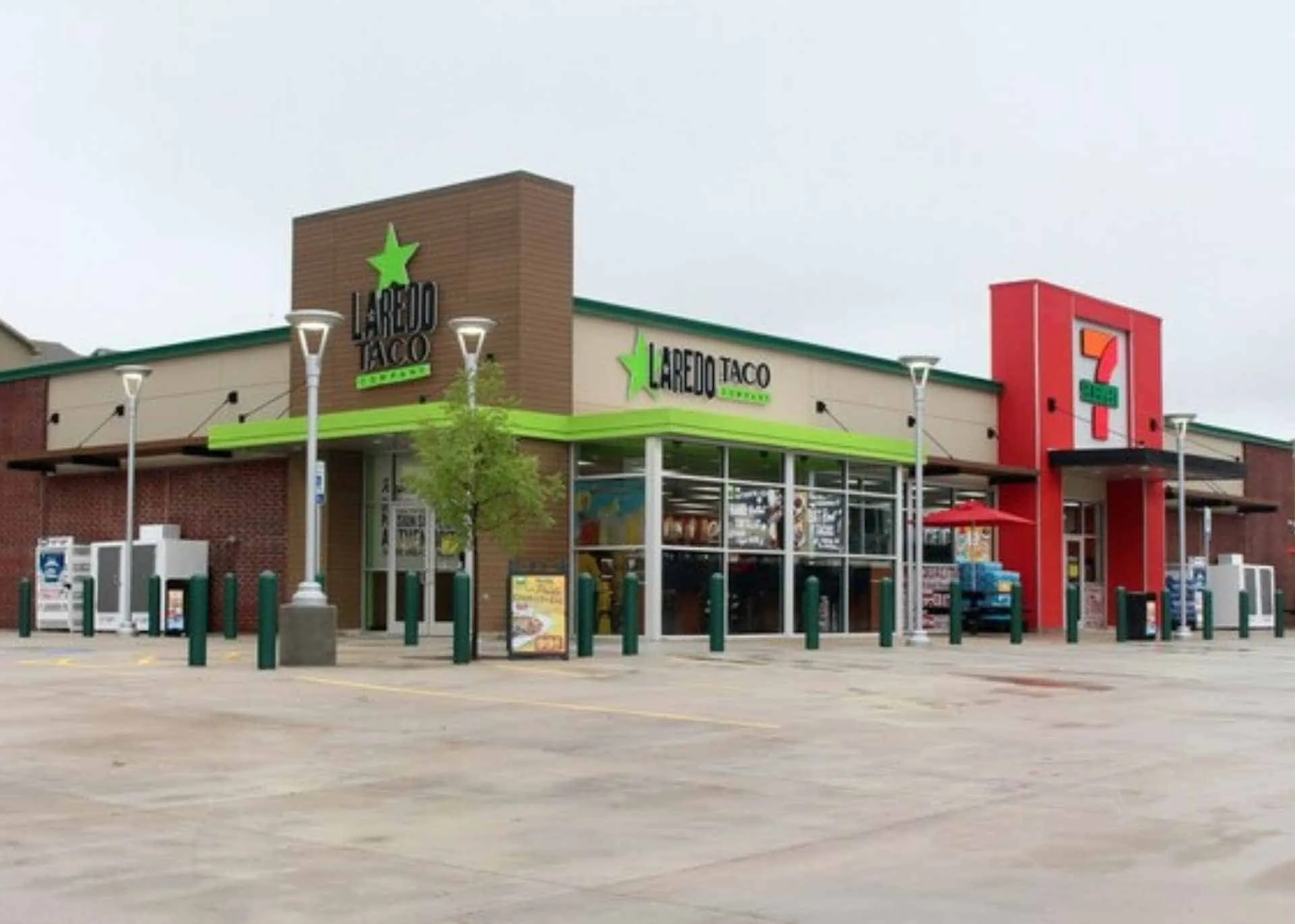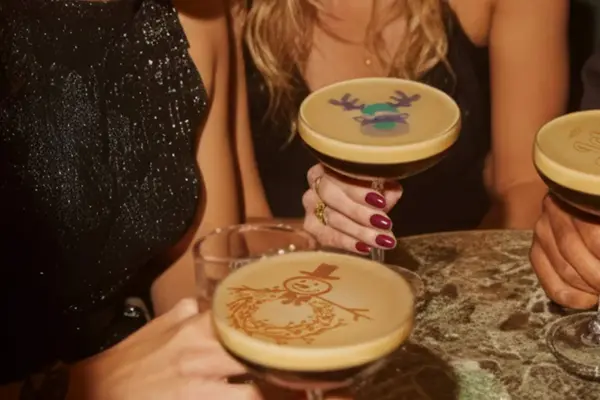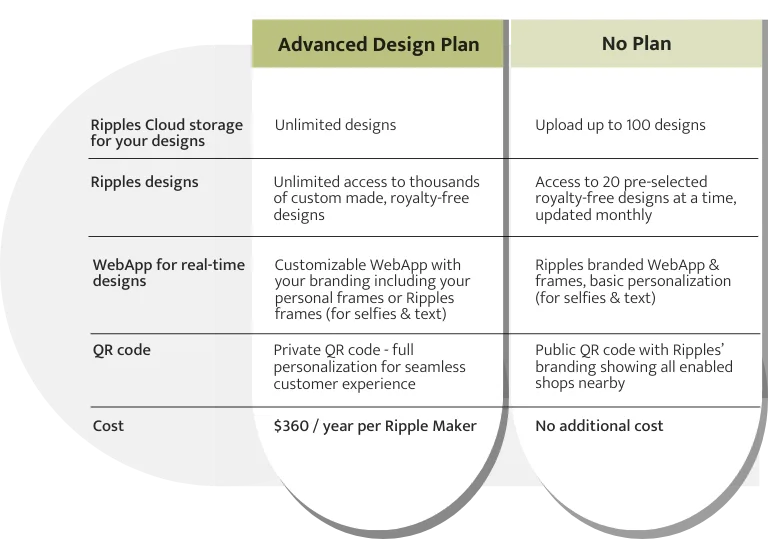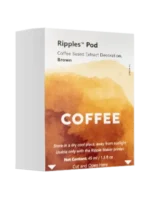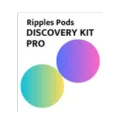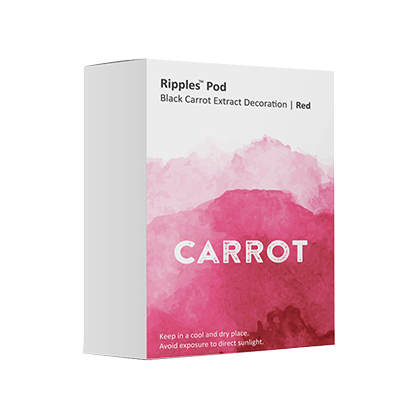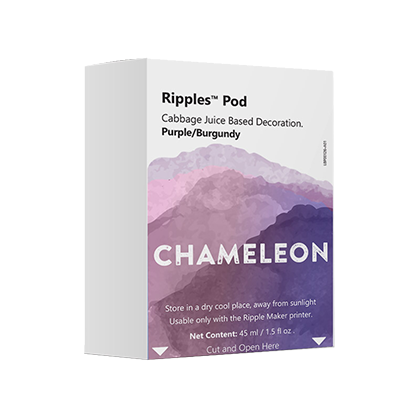2023 is blurring the boundaries between digital, physical, and flavorful. Here’s to having our cake served by a robot, making sure it’s climate-friendly, pairing it with a functional beverage, posting it online, and eating it too!
<>Trend #1 Drink DemandsTasting great is no longer enough. Consumers will demand and expect more from each and every beverage in 2023, from multi-sensory experiences to a range of health benefits.
- Tasteful splurging: Premiumization is still on an upward trajectory with customers ordering fewer drinks overall but spending more for quality. The need to pack more punch per drink has spawned a growing interest in flavored spirits. Floral, fruity, and herbal infusions are gaining ground and making their way into rum, gin, whiskey, and vodka.
- Spritzes are bubbling up everywhere: With their fun mouthfeel and cultured vibe, these lighter, lower-calorie cocktails first burst onto the drink scene a few years ago with the orange bitter spritz. Newer adaptations that are driving this trend include wine and gin spritzes paired with different seasonal and artisanal flavors.
- New highs for Low & No: According to CGA data, the number of Low & No alcohol drinkers are increasing globally, with more than 20% predicted to consume even more of these drinks than they did last year. This trend ties into a broader cultural transition (or at least the desire) to lead healthier, more balanced lifestyles. The nice part for businesses is that Low & No adapts to any menu, whether you craft unique alcohol-free recipes or simply swap alcohol-free versions of spirits into classic cocktails.
What we can learn: Aside from catering to growing consumer demand, 2023’s trending drinks can offer exceptional profit margins to bar and restaurant owners. That should be a no-brainer in the current global economic environment.
<>Trend #2 Food Tech Goes Sci-FiRobots running the show. AI-generated food styling. The rise of lab-grown cultured meats. In 2023, food technology will take a futuristic twist while fighting to remain recognizable.
- AI in the spotlight: You may have already seen robots cooking and serving food, but this year AI is expected to take on strategic and creative roles in the kitchen, too. These include fantastical ideas for presentation influenced by the AI Image Generator and machine-learning AIs using data on performance variables to optimize operations.
- Meet your meat: It’s official. The current iteration of ultra-processed plant-based alternative meats hit their peak in 2021. Tons of funding is still pouring into alternative protein startups, but the next generation of faux meats will emphasize healthier, whole plant solutions with recognizable ingredients, real lab-grown cultivated meats, or hybrid meats mixing the two.
- Establishing a digital foundation: With 50% of all restaurant orders now placed digitally and 81% of customers looking to digital menus to make their purchase decisions, food and beverage businesses will invest more in digital tech and media to drive traffic, grow check size, and ‘future-proof’ their restaurants. Global brand initiatives like PepsiCo’s Foodservice Digital Labs, launched in November 2022, are designed to help businesses transition to digital faster while strengthening the brand’s sales.
What we can learn: The public is both weary of and fascinated by the wonders and promises of food technology. Success rides in guiding consumers’ notions of service and innovation in a way that’s engaging, palatable, and transparent.
<>Trend #3 Real Sustainable Practices75% of Gen Zs don’t believe the hype and greenwashing claims made by brands across a range of industries—food and beverage included. This year, socially savvy brands will make bolder moves to separate fact from fluff and demonstrate real commitment to sustainability.
- The French revolution on reusables goes global: As France kicks off 2023 with its ban on single-use tableware and England announces plans to follow suit, global fast-food chains including McDonald’s, Burger King, and Subway are scrambling to instate reusable solutions. Starbucks, after falling short of a previous recycling benchmark in 2015, has also ramped up efforts. The coffee chain announced that by the end of 2023, customers in the U.S. and Canada will be able to use their own personal reusable cups for drive-thru and mobile orders. And in South Korea, Starbucks has pledged to discontinue single-use cups entirely by 2025.
- More food waste initiatives: Cutting waste will be a continued point of focus for restaurant owners, driven both by sustainability and economic concerns. In their 86 Food Waste report the NRA outlines strategic steps to make an impact, including menu redesign concepts that identify and limit commonly wasted ingredients, food waste self-audits, donation and diversion resources, and messaging to rally customers and employees.
- Alternative dairy queen: In 2022’s food and beverage trends we predicted the emergence of new sustainable alt milks like pistachio and even potato. But looking at major branded coffee chains including Costa Coffee in the UK, Flash Coffee in Asia, and Blue Bottle Coffee in the US—oats are the real star of the alternative milk market. Blue Bottle is now serving oat milk as the default pairing with all coffee beverages across its 100+ US stores.
What we can learn:
Gen Z makes up more than 40% of the world’s consumer population and their spending habits are largely values-driven—especially food and beverage. Incumbent brands that ignore these demands or abuse their trust by making false claims will fall increasingly out of favor.
<>Trend #4 Higher expectations on-premiseIn 2023, Instagrammable space design and other gimmicks won’t be enough to wow and woo diners. People want food experiences that deliver above and beyond the convenience of ordering online. Brands will get creative in a bid to position themselves as the best new go-to choice.
- Brick-and-mortar makeover: It’s not just retail and luxury brands—even convenience stores will have to work harder to get people off their couches in 2023! Look out for the unveiling of a wholly redesigned 7-Eleven with a new store concept that includes made-to-order tacos, a wine cellar, and customized drink stations that serve iced fruity beverages (goodbye slurpee) alongside nitro brew coffee.
- Experiential dining: After two years of playing it safe, consumers are eager for food experiences that deliver on novelty and excitement as much as taste. Locally, expect lots of new opportunities to enjoy dinner theater that include live music or other forms of entertainment. For the more adventurous, exotic locales will beckon. Think underwater restaurants in the Maldives (Conrad) and Norway (Under), igloo dining in Finland (Snowcastle), and deep-fried bananas under a waterfall in the Philippines (Labasin Waterfall Restaurant).
- Is pickup the new delivery? Pickup orders will evolve this year in both fast casual and fast food restaurants. As diners steer clear of rising delivery fees and business owners look for ways to curb profit-killing delivery apps, a new kind of pick-up lane is emerging. One where people pre-order via mobile app and can be in-and-out in about 30 seconds.
What we can learn: Consumers today can get anything online and their expectations from physical interactions with your brand are rising. Finding the points of differentiation and delight that make sense for your business doesn’t have to be complicated, but it does need to be prioritized.
Any exciting trends that didn’t make our list? Get in touch and share your thoughts!
